

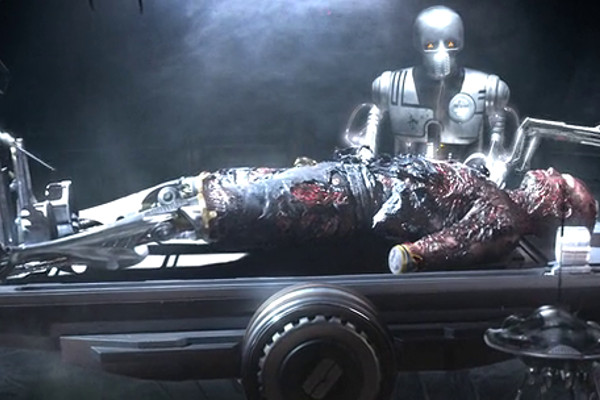
As the end result of the prequels is already known to most of the the audience, they require subplots and developments that can keep them interesting and films in their own right, rather than simple continuity fillers that point the way to the original trilogy. While the first two prequels offered little, Revenge of the Sith basks in its status as "the halfway decent one".
Hayden Christensen comes in for a lot of criticism for his portrayal of Anakin, and, while it's true that he does play the part like a stroppy teenager and the romance with Padme never convinces, this is perhaps more due to the empty, basic direction and appalling script rather than any overt weakness with his acting ability. This said, it's hard to equate the same character with the Darth Vader of the originals, particularly as we'd seen the character so brilliantly brought to life in 1983 by Sebastian Shaw. Shaw's final appearance shows the true affection between him and Obi Wan, and, while this film ties events together, it doesn't quite sit right that the Anakin Skywalker who was "seduced" by the dark side, is instead a spoilt and petulant youth who is quickly turned for plot expediency rather than any gradual motivation.
While Empire and Return of the Jedi both had a hand-severing scene apiece, Revenge of the Sith consolidates the prequels' obsession with bodily mutilation, concluding with Anakin hacked and burned to pieces. The feeling is that the three movies act for apologists who would like to stress that these fun-yet-family-friendly movies are really "dark" and "complex". While this is the best of the prequels, it still lacks warmth or engaging performances, with Temuera Morrison and Ian McDiarmid a couple of the exceptions, though even the latter is here prone to excess...
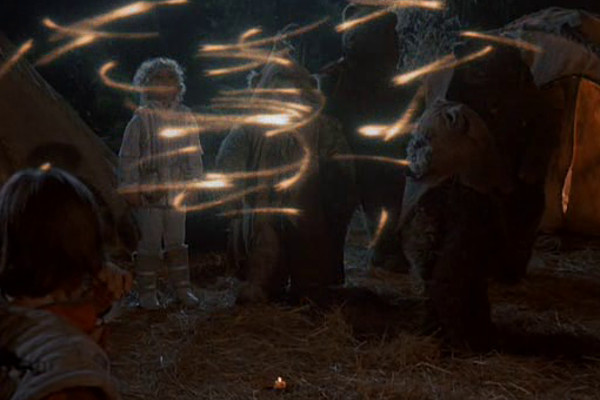
Reputedly made on less than a tenth of the budget for Return of the Jedi, this first Star Wars spin-off is a somewhat cheaply-made Ewok story with the creatures all having static, unmoving eyes. The cheapness also extends towards any attempt to present an alien planet. Despite being set on the forest moon of "Endor", a variety of decidedly Earth-looking animals happen to live in the forest, including llamas, ferrets, horses, goats, owls and rabbits.
Despite all this, the television movie (later released theatrically in Europe as Caravan of Courage) ranks higher here than you may expect. This is because, while it's not without flaws (including the fact that the Ewoks don't speak English, so Burl Ives has to narrate to explain what the Hell's going on) it's a movie for kids. On these terms, it works perfectly, in a way that the prequels don't quite gel as movies for the family. Sure, it's not the most well-acted or densely-plotted movie, but as a Sunday afternoon diversion for the very young, it succeeds on its own terms. A behind-the-scenes feature on the film can be seen on star Eric Walker's own Youtube Channel.
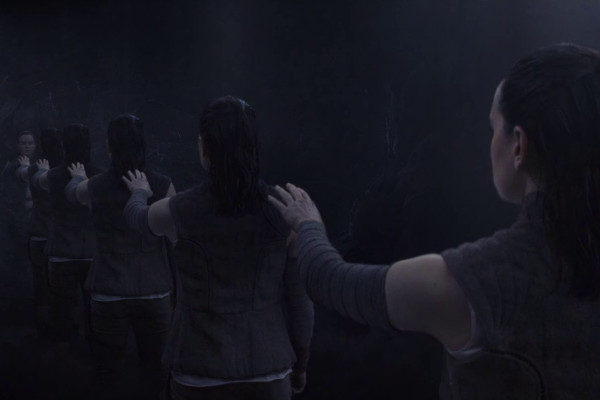
One of the most divisive entries present, whereby a sizeable element of the fanbase didn't appreciate the film as much as the critics. Various reasons have been provided for this, many of them centring around the fact that it forces a lot of the "expanded universe" out of continuity. Yet for mainstream cinema goers who watch the movies without knowledge of what takes place in the spin off novels, radio plays, comic books and games, this isn't a detraction.
Star Wars is fairly well liked and enjoyed here at The Anorak Zone, but it's not adulated. Ultimately these are, despite the hype, just pulp movies, not cinematic art. Consequently while there's still a lot of overt, silly humour in this instalment (though thankfully less "meta" than that in The Force Awakens), it's a film that gets by on pace and energy, despite being the longest at 152 minutes.
There is the sense that writer-director Rian Johnson very much plays a game of "picture consequences" with the various plot strands of the 2015 movie. Luke is revealed to have turned his back on the Jedi, much to the actor's public dismay, while the flagged menace of new emperor Snoke is brought to an abrupt end. Such left-field twists, along with the revelation that the casino subplot didn't achieve a thing, are rare in blockbuster cinema, almost anathema to the traditional three act structure.
Perhaps most significant is the way the film adds layers and even sympathy towards Kylo Ren; making what was something of a vacuum into a character you can not only understand, but even sympathise with. The same can't be said about the rest of the First Order, who are played almost entirely for laughs, but then this is a very "internal" film, whereby what's important is not what's being said or done, but what characters are experiencing. The battle sequences, which can often drag in Star Wars movies, are given life because they're told through the emotional and psychological states of the two core characters.
The supporting characters - which in this case now includes Finn - don't fare as well, and act as decoration to the main themes at work. Star Wars has never been a series known for quality dialogue, but even so, an extended variation on a "your mum" joke, some mild swearing and the line "let's go, chrome dome!" are, it has to be conceded, lows for the franchise. This said, if the sillier "comic" moments can be ignored as just light trimmings, this is one of the most mature Star Wars movies of all.
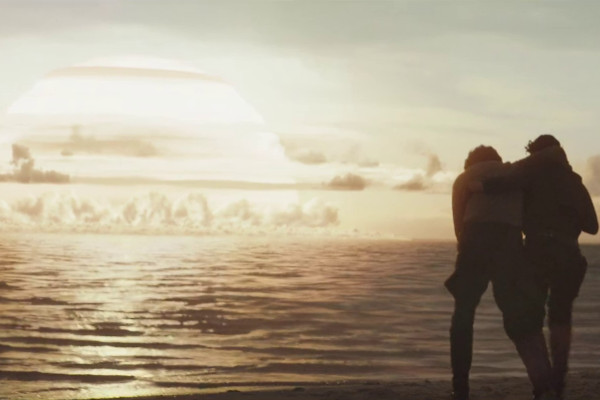
The most successful Star Wars film outside of the original trilogy is effectively a war movie. Taking its visual cues more from the key source of Kurosawa rather than the Saturday morning serials, it presents a darker, more believable world for audiences who perhaps secretly wish that Star Wars was a serious, respectable work of art rather than a family movie about talking bears.
The script is concocted by an odd mix of writers behind such disparate works as After Earth, The Bourne Identity and Nutty Professor II: The Klumps, and can have its clunky moments... but then so can all of Star Wars. For a film entirely based around justifying a plot hole in a 39-year-old movie, then Rogue One is surprisingly valid as a piece of cinema. The characters and the fun of the range might not be as present, but the ending is suitably tragic and Alan Tudyk's sardonic droid K-2SO is a stand out.
The final quarter does veer a little too far towards the repetitive "laser zap" that the worst of the franchise can indulge in, but the stakes keep it moving, even when the CGI recreation of two actors (one deceased) do have to be viewed with a very kind eye. Overall, though, this is a surprisingly fine film, and, until The Last Jedi, the only entry to merit serious consideration of breaking into the top three.
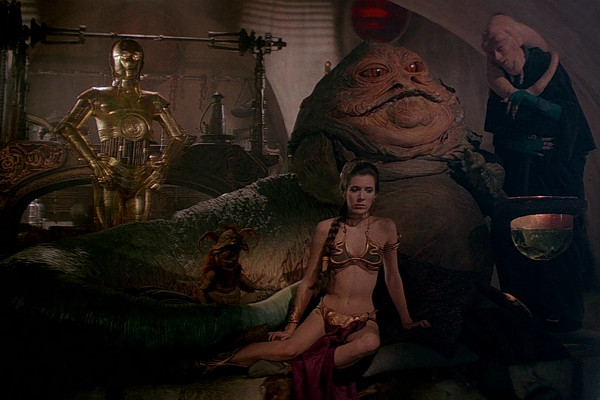
What puts all of the original trilogy above the prequels is not nostalgia but simple practicalities. While Return of the Jedi is the movie where it brought in more elements for the child audience, those elements are provided by real physical props that the cast can interact with. Sure, 33 years on, the puppets look a little tatty and not all that convincing, but they're there for the cast to be able to act against.
No one can give a truly convincing performance when so many elements are generated inside a computer, and the actors getting to work with real people and on real locations is a bonus in itself. Just count the number of scenes, for example, where Ewan McGregor was on screen with virtual characters in virtual locations and it's no wonder the prequels felt so lifeless and sterile, despite his best efforts. It also helps that the originals, while arguably more basic on a certain level, have a more rigid, controlled plot structure. The prequels' attempts for more involved narratives were, while arguably commendable, both beyond Lucas' grasp as a writer, and beyond the interests of the target audience.
On a personal note, I was around ten years old when I first saw this movie on a double bill with The Empire Strikes Back. It was the ideal age, with Empire then the "slow, boring" one, and Jedi the one that brought the fun back, with the lovable Ewoks. Three decades later and my opinion may not remain the same, but it stands up well enough. Although Mark Hamill thought his character arc as Luke Skywalker could have been more interesting with him turning fully to the dark side, it remains a memorable and rewarding part of the original trilogy, even if his fellow rebels all become somewhat neutered in this instalment.
Return of the Jedi does unfortunately usher in the trend for longer films in the series; while 131 minutes isn't excessively longer than the first two movies, which just stretched a little over two hours, it's particularly felt here, as half an hour shaved off of the thin narrative could have made it a better picture. All the stuff with the Ewoks isn't bad because they're childish; it's bad because it's repetitive and tedious, and detracts from the backbone of the story.
It's best not to dwell too much on the "special editions" that George Lucas put out, where he would tinker with the theatrical versions and dub over extra elements/make alterations. Let's just say that, yes, Han did shoot first, and no one, absolutely no one, should ever have to watch "Jedi Rocks".
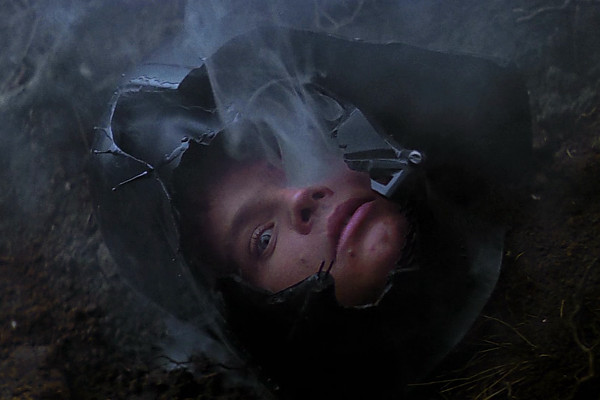
As with the bottom three movies in this list, there's just a hair's breadth between the top two entries here. Perhaps what ultimately swung it in favour of the first movie is that, while Empire plays interesting and rewarding games with the traditional three-act plot structure, it can't be fully appreciated as a film in its own right, only as part of a greater whole.
That's not to say that it doesn't contain some fantastic sequences, and, in fact, many of those sequences are better than any found in the 1977 picture. But in adding extra layers to Star Wars, it perhaps sets a dangerous precedent for the series; this is, after all, a film where Luke debates existential philosophy with a Jim Henson puppet voiced by the man behind Fozzie Bear.
This is not to say that Star Wars should be shallow. In fact, with its themes of redemption, religious parallels and predeterminism, there is a rewarding subtext in these films if you look for it. But while elements like Luke confronting Vader in a dream world and in reality are both classics, when it comes down to it, these are pulp movies there to entertain the masses.
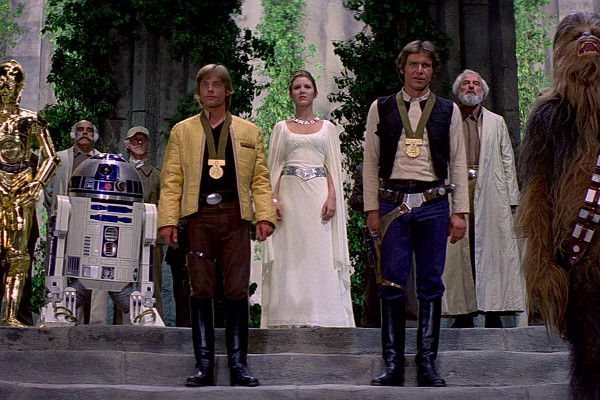
The ubiquitous pop culture appeal of Star Wars and excessive worship by some quarters of its fanbase can be offputting. In fact, with the insistence that this is a serious work of cinematic art (or even the insistence that we now refer to it as "A New Hope", which I'm not going to do here) it's often easy to forget what a great movie it is on its own terms.
No, it's not one of the twenty greatest films ever made, as voters on the Internet Movie Database would currently have it. It's not Citizen Kane, or even the Akira Kurosawa work that Lucas was inspired by. But as a charming homage to the Saturday matinee adventure serials of yesteryear, it has everything: classic villains, feisty princesses, roguish gunslingers and comedy robots. It also has masses of great performances, with Alec Guinness particularly striking as the older Obi Wan Kenobi.
It's somewhat easy to forget that if you watch the films in story order that Obi Wan and Darth Vader had only just had a lightsaber battle in the previous movie, Revenge of the Sith. Where there it was flooded by excess and technical achievements, here the focus is on character and subtext, the fundamentals of all good drama. No, Star Wars isn't particularly deep, but it's solid action-adventure, well told and performed, a classic for all ages.